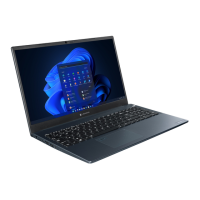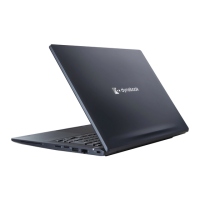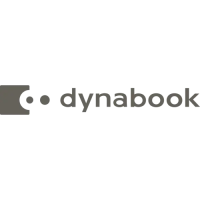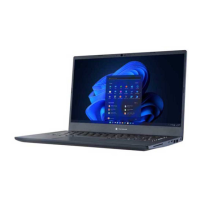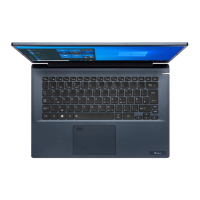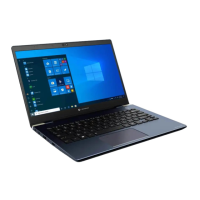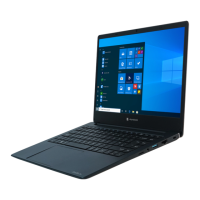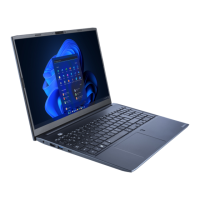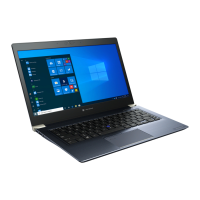Maintenance Manual (960-946) 4-5
Replacement Procedures
Take note of the following general points when assembling the computer.
■ Take your time and follow the instructions carefully. Hurrying the
assembly work will only introduce new problems.
■ Check that all cables and connectors are securely connected.
■ Before fastening FRUs or other parts in place, ensure that no cables
are caught on screws or the FRU.
■ Check that all latches are securely closed.
■ Ensure that you have installed all FRUs correctly and do not have any
screws left over. Using an incorrect screw may damage the thread or
screw head and result in the FRU not being securely fastened in place.
After installing FRUs, check that the computer operates correctly.
4.5 Tools and Equipment
For your safety and the safety of the people around you, it is important that
you use Electrostatic Discharge (ESD) equipment. Correctly utilizing of the
equipment increases the percentage of successful repairs and saves on
the cost of damaged or destroyed parts. The following equipment is
required for disassembly and assembly.
■ One Philips screwdriver with type 0 bit (for S-THIN HEAD screws)
■ One Philips screwdriver with type 1 bit (for screws other than above)
■ One flat-blade screwdriver (for removing the CPU)
■ Tweezers (for lifting screws)
■ ESD mats (lay on work table or floor)
■ An ESD wrist strap and heel grounder
■ Anti-static carpet or flooring
■ Air-ionizers in highly static sensitive areas
■ Antenna coaxial cable disconnector
■ Special syringe (for applying grease)
4.6 Screw Tightening Torque
When you fasten screws, be sure to follow the torque list below.
■ M2 (2mm) 0.167 N•m (1.7 kgf cm)
■ M2.5 (2.5mm) 0.294 N•m (3.0 kgf cm)
Overtightening can damage components and screws; undertightening can
result in electrical shorts or other damage if screws or components come
loose.
Dynabook recommends that you use an electric screw driver for quick and
easy operations.
